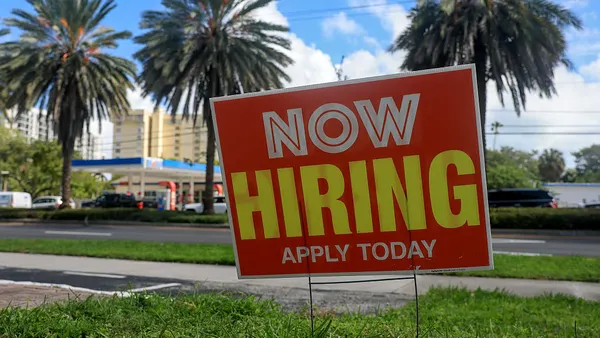Dive Brief:
-
Though widely criticized, the H-1B program has shown economic benefit for both India and the U.S., according to a new study from Gaurav Khanna of the Center for Global Development and Nicolas Morales at the University of Michigan, reports Bloomberg. Combined incomes for the U.S. and India rose by about $17.3 billion in 2010. Total IT output also increased.
-
U.S.-born employees were wealthier by about $431 million in 2010 because of the program, the report found. The H-1B program was also key to the creation of India’s $155-billion IT services industry.
-
Though some workers have seen negative effects of the program, the average worker from the U.S. and India benefits from immigration, Khanna told Bloomberg. The report attributes growth in India’s tech industry — as well as better worker productivity in the U.S. due to better software — to the H-1B program.
Dive Insight:
The debate over the H-1B program continues, with various groups taking turns releasing reports that recognize the benefits — or the negative consequences — of the program.
An April report from Harvey Nash Pulse found almost two-thirds of companies with more than 50 developers said they believe the current H-1B visa program as it stands has helped businesses successfully access highly skilled IT talent.
President Trump has been working to reform the program, citing widespread abuse and the loss of IT jobs that would have otherwise gone to Americans. Part of Trump’s primary goal for H-1B reform is to encourage businesses to hire Americans first. But companies say the changes could actually drive them to look for help offshore instead.
It all comes down to whether the H-1B program is being used as a way to access cheap overseas labor, or to access specialty skills that are hard to find in the U.S.
Under Trump’s order, the Departments of State, Homeland Security, Labor and Justice have until November to review H-1B policy and recommend changes.











